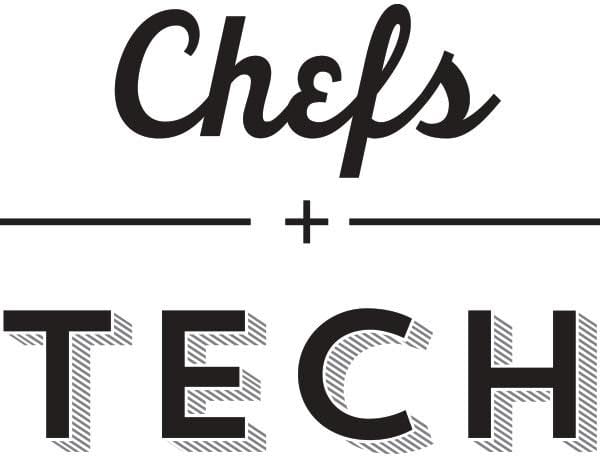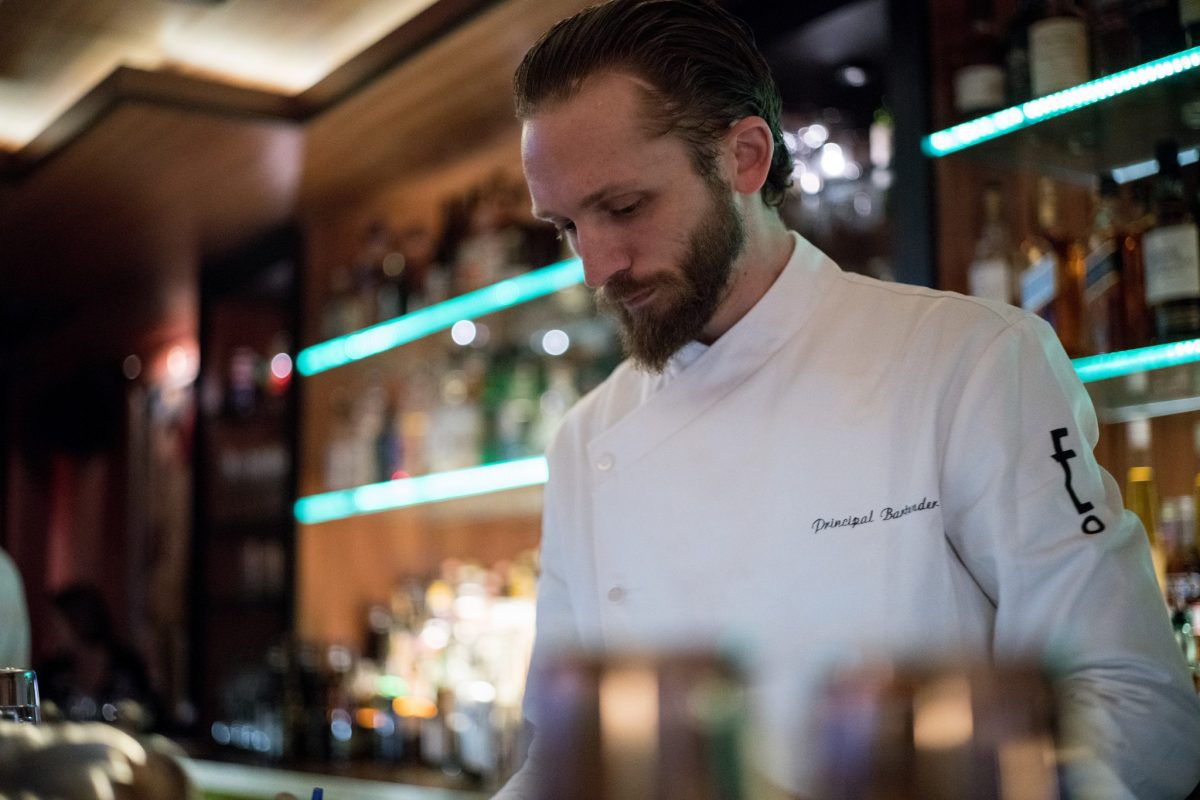Skift Take
Turns out, the best way to replicate the vibe (and success) of an iconic bar or restaurant is by enlisting its staff to open new locations. In an age of automation and shortcuts, this human touch makes all the difference.
E ditor’s Note: In September we announced that Skift was expanding into food and drink with the addition of the Chefs+Tech newsletter.
ditor’s Note: In September we announced that Skift was expanding into food and drink with the addition of the Chefs+Tech newsletter.
We see this as a natural expansion of the Skift umbrella, bringing the big-picture view on the future of dining out, being fanatically focused on the guest experience, and at the intersection of marketing and tech.
Bonus: We now publish C+T twice weekly.
New York’s Employees Only Brings Its Employees to Hong Kong
To move an iconic bar to a foreign location, it takes more than a working formula. Employees of Employees Only, NYC’s iconic West Village bar hidden behind a fortune teller facade, moved to Hong Kong permanently to run EO’s newly-opened location. In fact, the owner moved there, too, admitting it isn’t typical for a bar owner to do so, according to Grubstreet.
The Hong Kong opening is just one in a series of worldwide expansion by Employees Only, which also has locations in Singapore, Miami, and soon, Austin. Employees Only, which opened in 2004, has a very particular vibe and style, likely a huge reason that it has seen success year after year as other cocktail bars have come and gone. So how do you launch an iconic brand in a brand new city halfway around the world? The design of the Hong Kong location mirrors New York, including the art-deco lighting and curved bar, which are as integral to the EO feeling as the cocktails. There’s also a fortune teller, of course.
Opening an arm of a famous New York bar in a city full of New York expats is smart, but having the right staff is the key for translating the now-brand’s ethos to Asia. The staff move for the new opening underscores this; it’s not just about formula and design. Instead, there’s a human touch and the benefit of real knowledge needed to translate the full experience. As chains (especially those hot-hot fast casual chains) grow with increasing speed, there’s a noticeable lack of humanity. To standardize the experience means introducing screens and technology. And while this strategy isn’t bad or wrong, it is nice to realize that the human touch in hospitality is still alive and well as top-tier brands spread influence and ideas around the world.
Milk Bar Blasts Copycats, Then Introduces a Blizzard Lookalike
I love Milk Bar and Christina Tosi exemplifies all that is good about female culinary leadership, but this seems kind of incongruous. Larger food brands have been copying Tosi’s now iconic Milk Bar creations, like its cereal milk ice cream, for years. Most recently, Burger King launched a Lucky Charms milkshake. While the new corporate products do seem a whole lot like the ones Tosi created, she very diplomatically (and rightfully!) says that the copycats will never outdo the originals, though she also says: “Inspiration is one thing. Stealing is another.”
Last week, though, Milk Bar announced a new product, available in its store locations nationwide: MilkQuakes (the name is trademarked) are “soft serve blended to order with custom milk bar mix-ins.” Interestingly, Eater calls it Milk Bar’s “answer to the McFlurry.” Looking to tech innovation coming from Silicon Valley, as an example, companies don’t hide the fact that they copy one another in the breathless race to the top. We can all benefit from this innovation and competition, whether that’s in disappearing Instagram Stories or milk flavored with iconic cereal. Plus, toppings mixed in with ice cream isn’t exactly groundbreaking science. That said, the lines are gray when it comes to copying vs. inspiration — Tosi’s MilkQuake flavor combinations may be more refined than a Dairy Queen Blizzard, but the concept is essential the same. Are the standards different when the indie copies the chain as opposed to the large chain stealing from the independent? This is not rhetorical, I’m really asking.
It’s Not Just a Restaurant, It’s a Restaurant in a Restaurant
Food & Wine has a quick piece about the restaurant-in-restaurant trend, citing a few examples of spots that offer more than just one concept under the same roof. This could be a tasting counter inside a full-service restaurant, or a back room with a menu all its own.
It’s an extension of past service trends: secret off-menu specials you only learn about through word of mouth. Smaller bars inside larger bars riff off the speakeasy trend that’s been around for over a decade. Expect more of this for several reasons, including the fact that it’s a trend. But this model also lets chefs and restaurateurs experiment with new concepts that might be otherwise cost-prohibitive. They’re able to serve a larger audience while tapping into the smaller subset of customers who will pay for a multi-course tasting menu. They can try new dishes or techniques first on a smaller audience. And since smaller means more agile, they can change concepts or ideas a lot faster than a 100-seat restaurant. This is also a reflection of how we are choosing to dine. Gigantic, chain, full-service sit-down restaurants are losing popularity to the smaller concepts and food halls with multiple options under one roof.
Resy’s CEO on the State and Future of Restaurant Technology
Resy was an upstart restaurant-tech company a few years ago, but it has since grown from powering reservations to introducing a table management system and piloting an Apple Watch program at New York’s Union Square Cafe. In this Chefs+Tech original, Resy CEO Ben Leventhal talks restaurant tech trends and the future of the industry.
Digestifs
- Next year’s World’s 50 Best announcement will be from Bilbao, Spain — New Worlder
- Blue Apron’s IPO falls flat — Recode
- Munchery’s CEO says the company earns money on every meal in every city — CNBC
The Daily Newsletter
Our daily coverage of the global travel industry. Written by editors and analysts from across Skift’s brands.
Have a confidential tip for Skift? Get in touch
Tags: food and beverage, skift table
Photo credit: Bringing an iconic bar to a new city halfway around the world requires more than good branding and a similar menu. The Employees Only location in Singapore is shown in this photo. Edsel Little / Flickr
